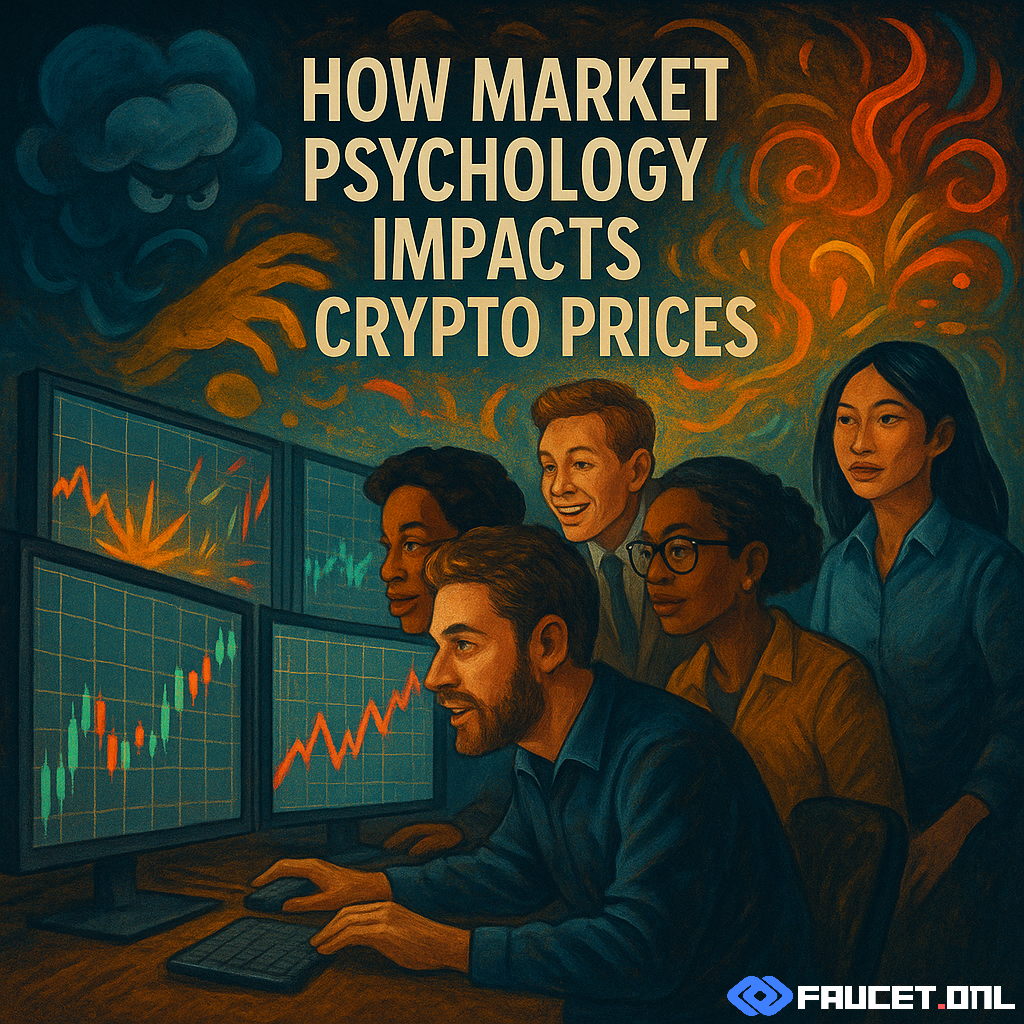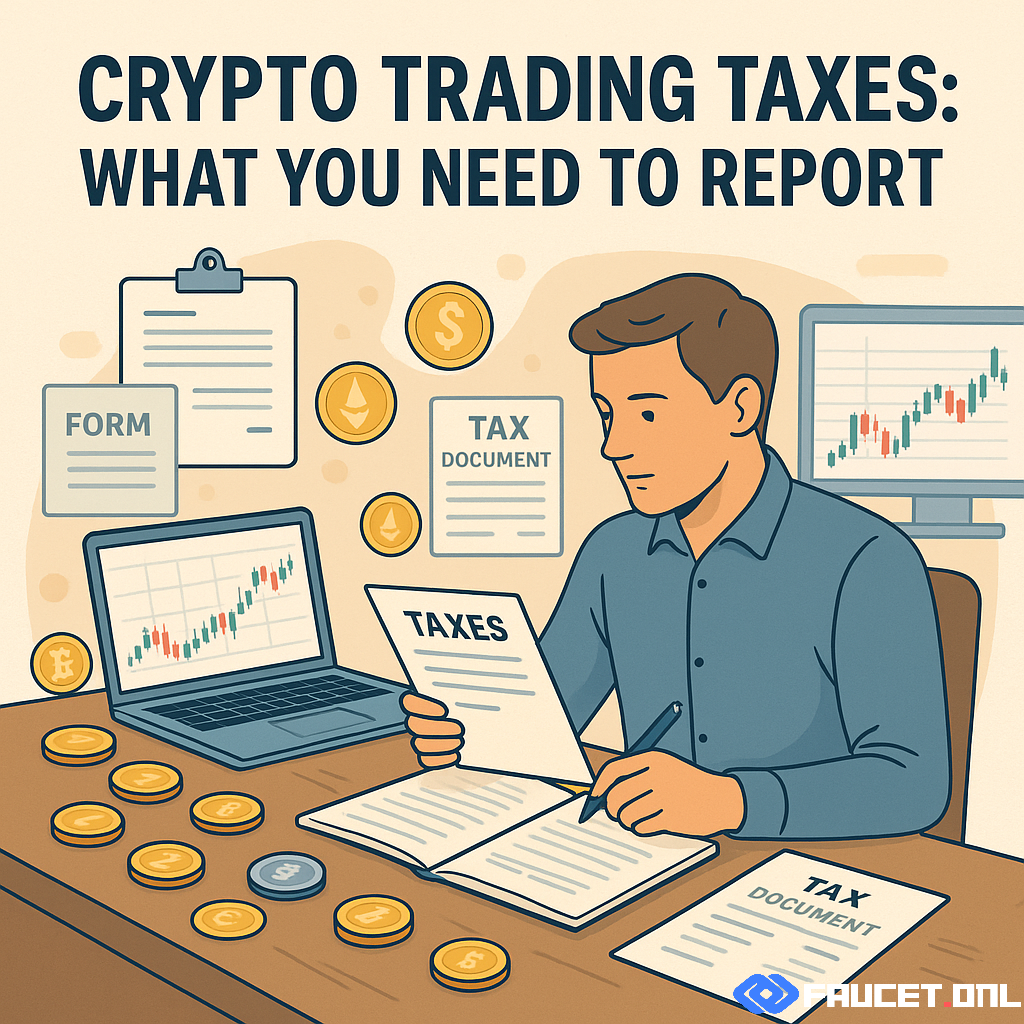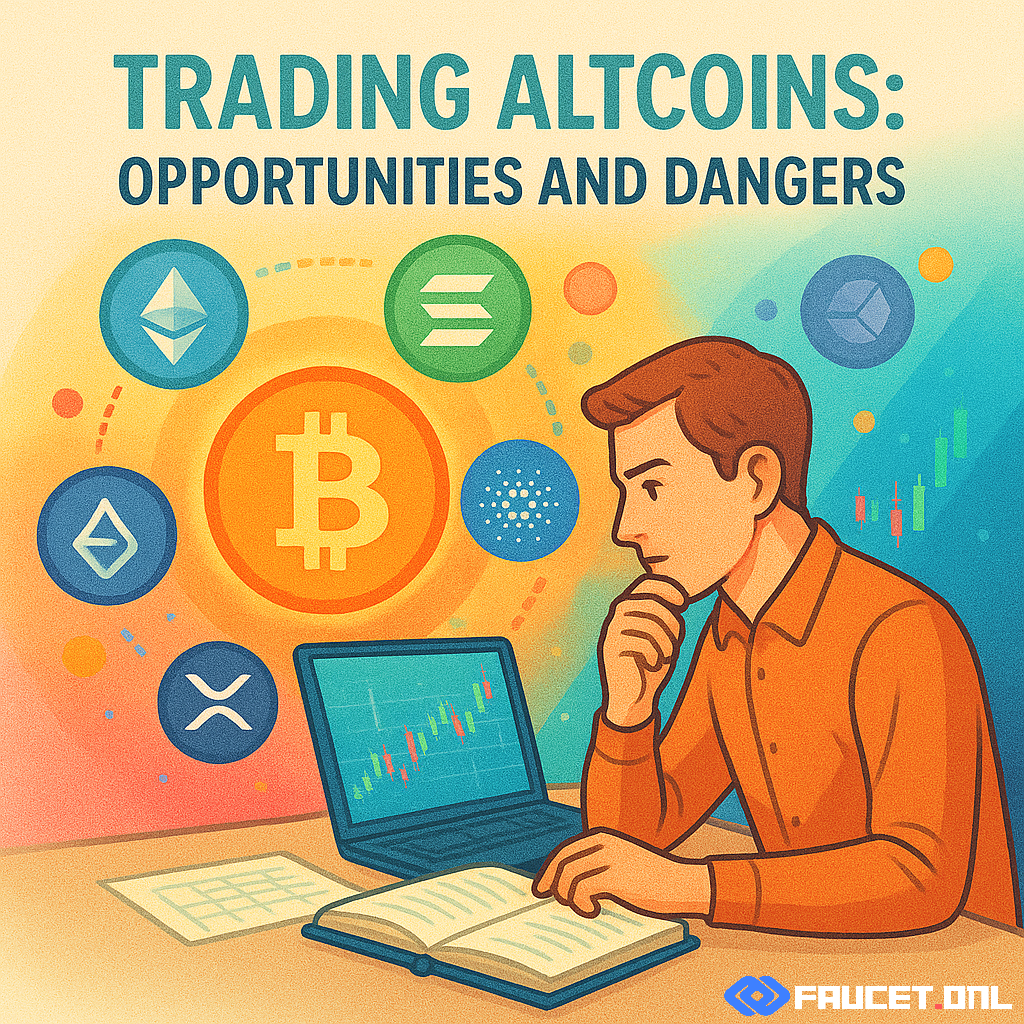Market Psychology: The Engine Behind Crypto Volatility
Crypto markets are notorious for their dramatic price swings, but beneath the surface lies a less tangible yet highly influential force: market psychology. Unlike traditional markets, cryptocurrencies operate in a 24/7, globally connected environment with heightened transparency and minimal regulation. This unique structure magnifies the impact of crowd sentiment, making psychological analysis as important as any chart or on-chain metric.
At its core, market psychology is the study of how emotions, group dynamics, and narratives drive collective buying and selling decisions. Crypto investors—ranging from retail newcomers to institutional whales—are susceptible to the same psychological patterns, often acting in sync and amplifying price movements.
Key Drivers: What Fuels Psychological Price Moves?
Several psychological drivers consistently shape crypto price action. Understanding them can give traders a powerful edge:
- FOMO (Fear of Missing Out): When a coin rallies hard, headlines and social media amplify the hype, fueling a buying frenzy. This self-reinforcing cycle can send prices far above their intrinsic value—until the music stops.
- Panic and Fear: Sudden drops, regulatory rumors, or hacked exchanges can trigger a wave of panic selling, often overshooting to the downside as investors scramble to exit positions.
- Herd Behavior: In crypto, investors frequently follow the crowd, whether buying on green candles or selling during dips. This herding effect creates exaggerated trends and “echo chambers” of consensus.
- Market Narratives: The stories we tell ourselves—about new technologies, partnerships, or institutional adoption—shape collective beliefs and, in turn, price action. Bullish narratives attract capital; bearish ones repel it.
- Confirmation Bias: Traders often seek out opinions that reinforce their own, ignoring contrary data. This can lead to bubbles or missed opportunities to cut losses early.
Psychological drivers often override logic, especially in markets defined by uncertainty and rapid news cycles. Recognizing these patterns is critical for anticipating both euphoric rallies and brutal corrections.
Using It: Leveraging Market Psychology for Smarter Trading
Market-savvy traders treat psychology as a tool—not just a hazard. Here’s how you can turn psychological insights into actionable strategies:
- Monitor Sentiment: Use tools like sentiment indices, funding rates, and social media analytics to gauge crowd mood. Extreme greed or fear signals often precede reversals.
- Fade the Crowd: When everyone is euphoric, consider taking profits; when fear is at its peak, look for value opportunities. Contrarian strategies can be effective when backed by clear signals.
- Ride Narratives: Spot emerging themes early—such as “AI coins” or “layer-2 season”—and position accordingly. Understand that narratives are powerful but temporary.
- Self-Awareness: Regularly check your own biases. Are you chasing a move because of FOMO, or is your thesis grounded in analysis?
- Risk Management: Recognize that psychology can drive prices away from fair value. Always use stop-losses and position sizing to protect against market overreactions.
The best traders integrate psychological signals with technical and fundamental analysis, creating a multi-dimensional approach that adapts to the market’s shifting emotional landscape.
Risks: The Dangers of Crowd Psychology
While market psychology can present opportunities, it also brings unique risks, especially in crypto’s speculative environment:
- Manias and Bubbles: Collective euphoria can drive prices to unsustainable heights, as seen in Bitcoin’s 2017 run or countless meme coin pumps.
- Mass Liquidations: When fear hits, cascading liquidations can trigger violent crashes—often in minutes.
- Echo Chambers: Insulated communities on Twitter or Discord can reinforce bad ideas, leading to groupthink and catastrophic trades.
- Emotional Burnout: Trading on emotion, rather than analysis, can result in stress, financial loss, and eventual withdrawal from the market.
Being aware of these risks lets you spot when market psychology has shifted from opportunity to hazard. Discipline and skepticism are key to surviving crypto’s psychological storms.
Tips: Mastering the Psychological Side of Crypto Trading
- Track sentiment indicators, not just charts and news.
- Don’t ignore warning signs of euphoria or despair—history shows these moments often precede major reversals.
- Stay flexible: narratives change fast in crypto; don’t get stuck on yesterday’s story.
- Surround yourself with diverse perspectives to counteract echo chambers.
- Practice self-reflection to understand your own trading impulses and biases.
- Always pair psychological insights with robust risk management.
Combining market psychology with disciplined strategy helps you stay ahead of the crowd—rather than getting swept away by it.
Conclusion: Psychology—Crypto’s Most Powerful Price Driver
While algorithms and analysis are vital, the market’s collective mindset remains the engine of crypto price action. By understanding and leveraging market psychology, traders gain a real edge—spotting opportunities, sidestepping hazards, and building a durable edge in volatile markets. In crypto, mastering the crowd’s mood can be just as important as mastering the charts.
Stay analytical, stay self-aware, and let market psychology inform your strategy—not dictate it.



